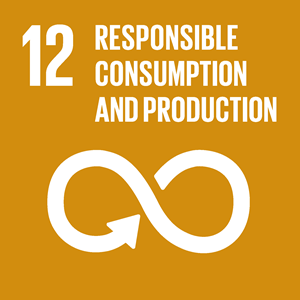A sustainable institute for a future worth living in
It is part of MCI's strategical set of values that we're sustainable within our education, research and development and in our employee politics, which is reflected in those SDGs that we particularly focus on.
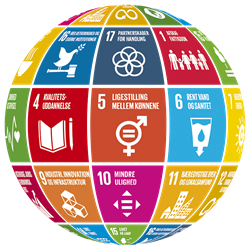
SDG #3 – Good health and well-being
Improving health care systems across the border
We are part of or lead several international network projects which focus on improvements within the health sector across the Danish-German border:
CheckNano - Nanotoxicology, Celltom – cancer diagnostics, Access and Acceleration – a cross-border health platform, MicroMedTech – a cross-border master programme in biomedical engineering.
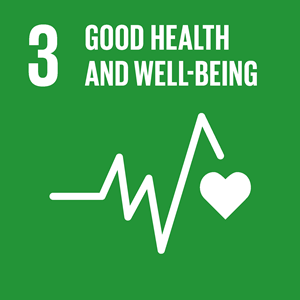
SDG #6 - Clean water and sanitation
Water sensors for better drinking water
We develop water quality sensors for local and global monitoring of water quality. This monitoring result in more reliable access to safe and affordable drinking water for all. Among others, a Brazilian PhD student is working together with us in a network project with Brazil, where the focus is on improving the water quality, and the basic idea will be expanded to be used in the Baltic Sea Region. Read more about the water sensor on SDU NanoSYD’s homepage.
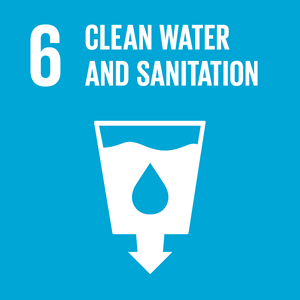
SDG #7 – Affordable and clean energy
Harvest and storage of solar energy
Our goal is to develop innovative devices that allow us to harvest and store solar energy. For this, we work with organic, hybrid and thermal solar cells as well as supercapacitors that are applied in buildings, transport and industry. You can read more about organic solar cells on CAPE's homeage.
Sustainable buildings
The benefits of our organic solar cells are that they are flexible and semi-transparent and that they need few material resources and energy during production. Their flexibility and the resulting building aesthetics mean that they can be directly applied indoors and outdoors in the cities and in preserved buildings, where there is no space for common Silicon solar cells. In addition to working on the energy generation for buildings, we develop new thermal cameras that help making houses more efficient by showing how much heat they emit. Based on these measurements it is possible to optimise the building and reduce energy waste.
From electronic to optical components
To further reduce the energy consumption, our nanophotonics centre is concerned with an enhanced use of optical technologies within modern information and communication systems. These technologies are based on the massless photons instead of electrons, which allow for ultrafast and lossless operation. In turn, this results in computers that operate with optical integrated circuits which have a significant lower energy loss and a broader bandwidth than a normal PC. Optical components can also be used within printing technology where they lead to a more efficient use of resources. As an example, we are investigating flat optical components which, by use of plasmonics, enable colour printing without having to use printing ink.
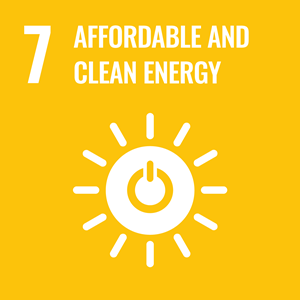
SDG #8 – Decent work and economic growth
More skilled engineers to the region
MCI is educating an increasing number of students to become skilled engineers who can help tackling the societal challenges of the future. Many of our graduates find jobs in our region and thus support regional economic growth and the local society.
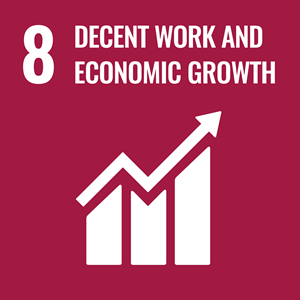
SDG #12 - Responsible consumption and production
Development of a food sensor for the reduction of food waste
Together with AmiNic Aps, researchers from MCI have developed a sensor for the measurement of the shelf life of meat and fish. The sensor measures the concentration of a biomarker in the form of a gas that indicates the food's freshness. By this it can help food producers and consumers to find out if the food can still be consumed or if it should be disposed. In a second step, they are now working on improving the sensitivity of the sensor so that it can measure even the lowest concentration of the biomarker to precisely predict the expiration date of the product. This will lead to a significant reduction in food waste and CO2 emission. Read more about the meat sensor on NanoSYD's homepage.
